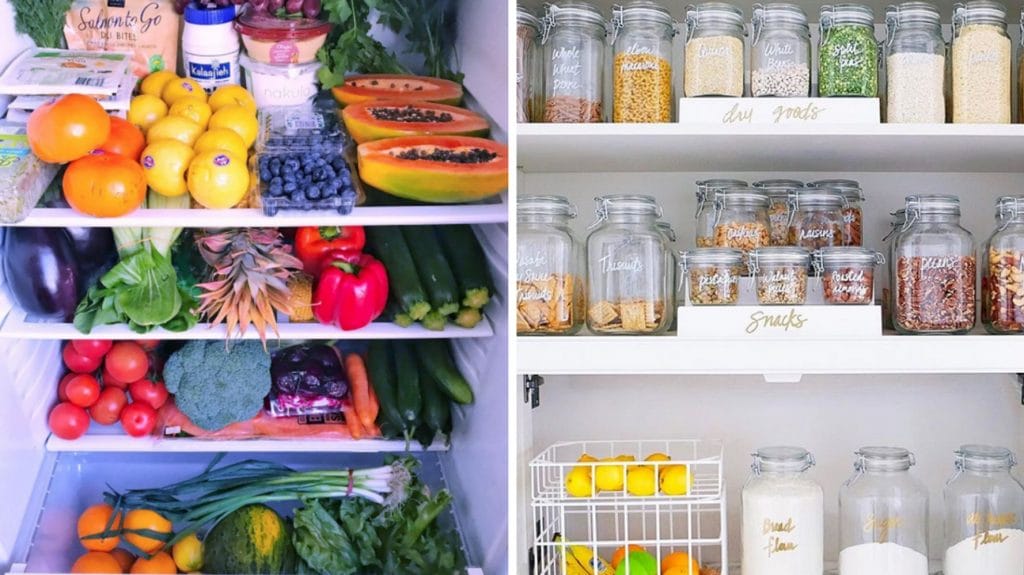Approximately 5 Minutes Reading Time
Brief Article Overview
-
Working from home due to the COVID-19 pandemic has radically affected our everyday lives, including our usual eating habits and routines.
-
Having high-calorie, hyper-palatable snacks easily available makes it difficult to control nutritional intake.
-
Removing these types of foods from your kitchen cupboards, upgrading your snack choices, eating mindfully and cooking from home can all contribute to healthy eating at home.
Introduction
Many of our dietary habits have been built around our professional, domestic and social lives. So it’s natural to think that, now we are spending more time at home, we’d find it easier to manage the quality and quantity of what we eat. But from many conversations we’ve had with clients, this hasn’t been the case.
Even though we are eating out less, the disruption to our routines and environments pose a new challenge to healthy eating habits. So how can we address this novel problem and improve nutrition practices whilst being stuck at home?
 Tiago
Tiago








